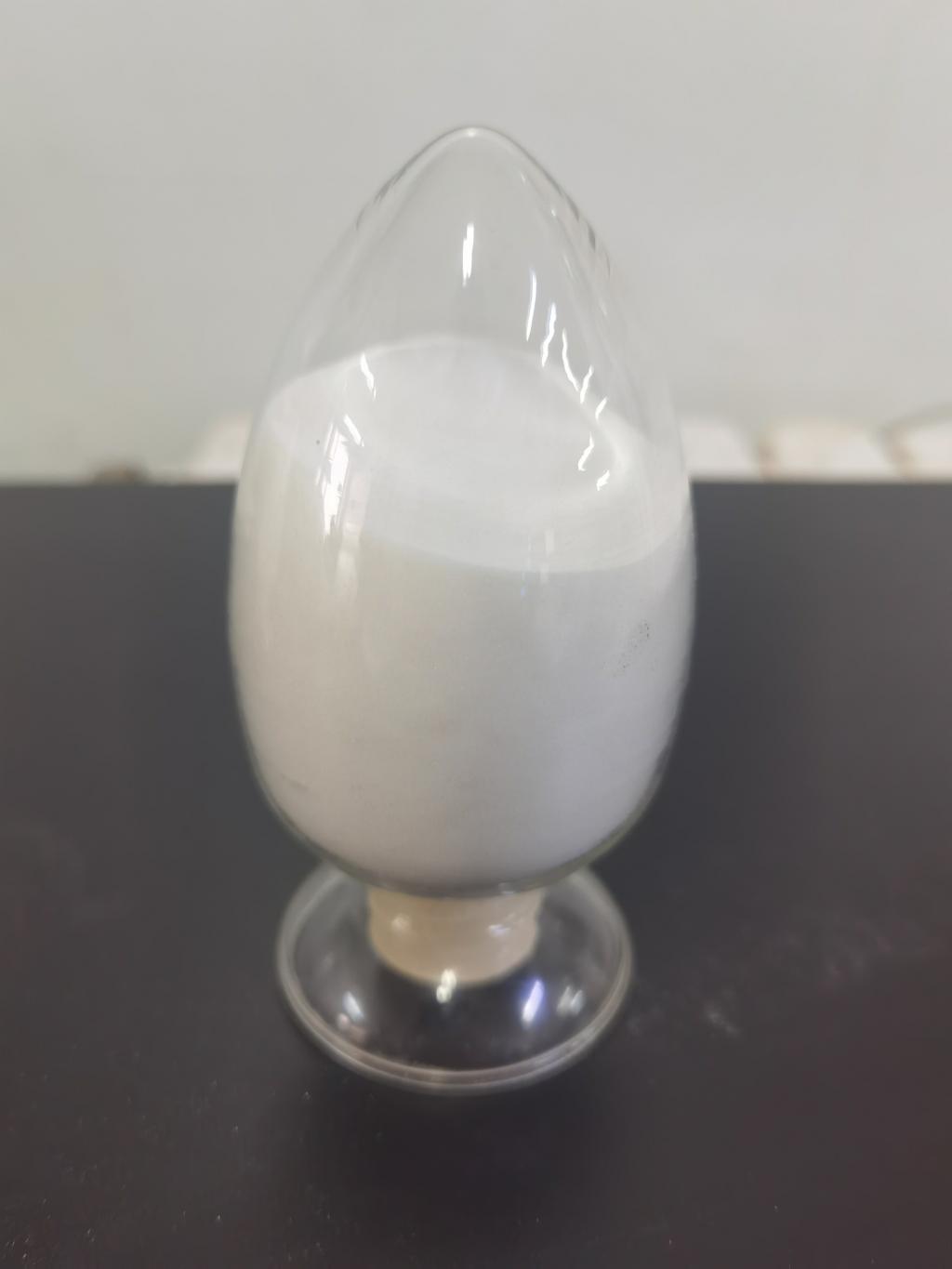Tel:+8618231198596

News
 CONTACT
CONTACT
 CONTACT
CONTACT
- Linkman:Linda Yao
- Tel: +8618231198596
- Email:linda.yao@dcpharma.cn
- Linkman:CHARLES.WANG
- Department:Overseas
- Tel: 0086 0311-85537378 0086 0311-85539701
News
Current Position:
Home >
News
>ε-Polylysine hydrochloride in the formulation of clean label food products.
ε-Polylysine hydrochloride in the formulation of clean label food products.
TIME:2024-09-10
What is ε-Polylysine Hydrochloride?
ε-Polylysine (ε-PL) is a naturally occurring antimicrobial peptide derived from bacterial fermentation. It consists of lysine residues linked together by ε-amino groups, forming a polymer with potent antimicrobial properties. The hydrochloride form enhances its water solubility, making it easier to incorporate into food formulations. Its natural origin and broad-spectrum activity against a variety of pathogens make ε-PL an attractive choice for food preservation.
Advantages of Using ε-Polylysine Hydrochloride
Natural Origin: ε-PL is produced via fermentation, aligning with the trend toward using ingredients that are perceived as more natural and less processed. This resonates well with the increasing number of consumers seeking cleaner labels.
Broad-Spectrum Activity: Unlike some other preservatives that are only effective against specific types of microorganisms, ε-PL demonstrates activity against both Gram-positive and Gram-negative bacteria, as well as yeasts and molds. This versatility is crucial for preventing spoilage and ensuring food safety across a wide range of products.
Synergistic Effects: When used in combination with other preservatives or natural antimicrobials, ε-PL can exhibit synergistic effects, allowing for reduced concentrations of each additive while still achieving the desired level of microbial control. This synergy can be particularly beneficial in reducing the overall load of preservatives in a product.
Consumer Acceptance: The clean label movement emphasizes transparency and simplicity in ingredient lists. ε-PL, being a natural and relatively simple molecule, can be marketed as a safe and effective alternative to synthetic preservatives, potentially improving consumer trust and product appeal.
Formulating Clean Label Foods with ε-Polylysine Hydrochloride
The incorporation of ε-PL into food formulations requires careful consideration of factors such as pH, temperature, and the presence of other ingredients that may affect its stability and efficacy. For instance, ε-PL is most effective at lower pH values, making it suitable for acidic foods like dressings and marinades. However, it can also be used in conjunction with other preservation strategies to broaden its application range.
Food technologists must also consider the sensory impact of ε-PL, as some consumers may detect slight changes in flavor or texture when preservatives are added. Ensuring that these changes are minimal is key to maintaining consumer satisfaction.
Regulatory Considerations
The use of ε-PL is subject to regulatory approval, varying by region. For example, the FDA in the United States and EFSA in Europe have established guidelines for its use in food products. Manufacturers must adhere to these regulations, including compliance with maximum allowable levels, to ensure safety and legality.
Conclusion
The adoption of ε-polylysine hydrochloride in clean label food formulations offers a sustainable approach to food preservation that aligns with modern consumer demands. Its natural origin, broad antimicrobial spectrum, and synergistic potential make it a valuable addition to the toolkit of food scientists and manufacturers striving to create safer, healthier, and more appealing food products. As research continues to explore the full potential of ε-PL, its role in the clean label movement is expected to grow, contributing to the development of innovative solutions in food preservation.
- Tel:+8618231198596
- Whatsapp:18231198596
- Chat With Skype







